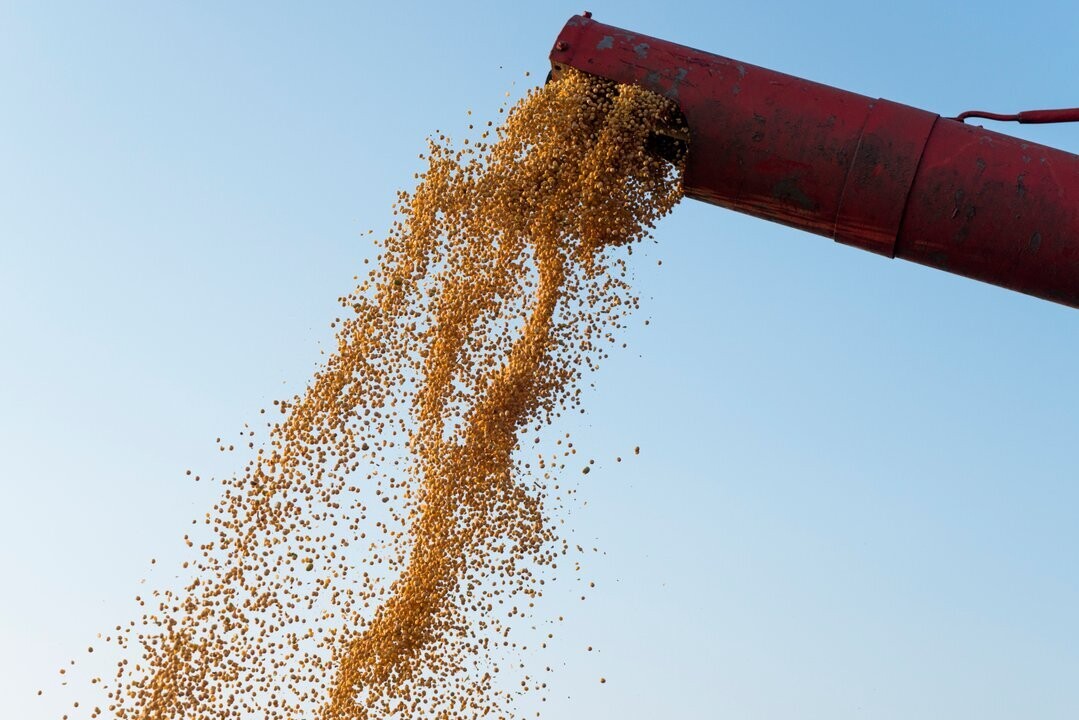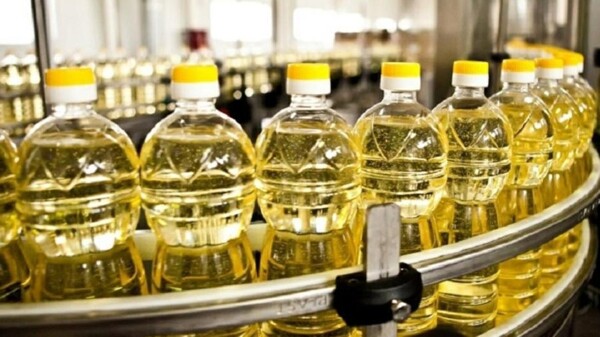
The Argentine Agroindustrial Council (CAA) projects that agroindustrial exports will reach USD 44.820 billion by 2025, representing a decrease of USD 710 million compared to 2024 estimates. Most of these revenues are expected to come from the cereals and oilseeds complex (CERyOL), with estimated exports of USD 29.671 billion.
According to the CAA, quarterly exports in 2025 will remain balanced, with the second and third quarters being the most dynamic. The cereals and oilseeds complex is projected to suffer a decline of USD 1.390 billion, mainly attributed to a negative price effect of USD 2.898 billion, partially offset by an increase in exported quantities.
Regarding meat exports, a growth of USD 444 million is expected, reaching a total of USD 3.997 billion. Regional economies would also experience an increase of USD 236 million, totaling USD 11.152 billion. The Soybean, Wheat, and Corn complexes were the most significant contributors to year-on-year growth, while Legumes and Barley had a less positive effect.
The real multilateral exchange rate fell by 3% in December 2024 compared to the previous month, although the annual average was 2% below the previous year. The CAA estimates that the cereals and oilseeds complexes would reach a total of 93.5 million tons during the 2024/25 cycle, representing a 7% increase compared to the previous cycle.
In 2024, prices for several agricultural products experienced notable declines due to record harvests in Brazil and high production levels in the United States. Additionally, a significant increase in Argentine agricultural exports was observed during the year, with a 26% increase compared to the previous year.
In December 2024, Argentine agroindustrial exports increased by 35% compared to the same month of the previous year, totaling USD 3.550 billion. Prices for soybean meal, soybean beans, wheat, and corn decreased compared to the previous year, while soybean and sunflower oil experienced notable increases.
The CAA highlights that the meat complexes and regional economies will continue to contribute significantly to exports, with forecasts of USD 3.997 billion and USD 11.152 billion respectively. Overall, the complexes with the highest relative growth were Sugar-Alcohol, Cotton, Horticulture, and Wheat.














